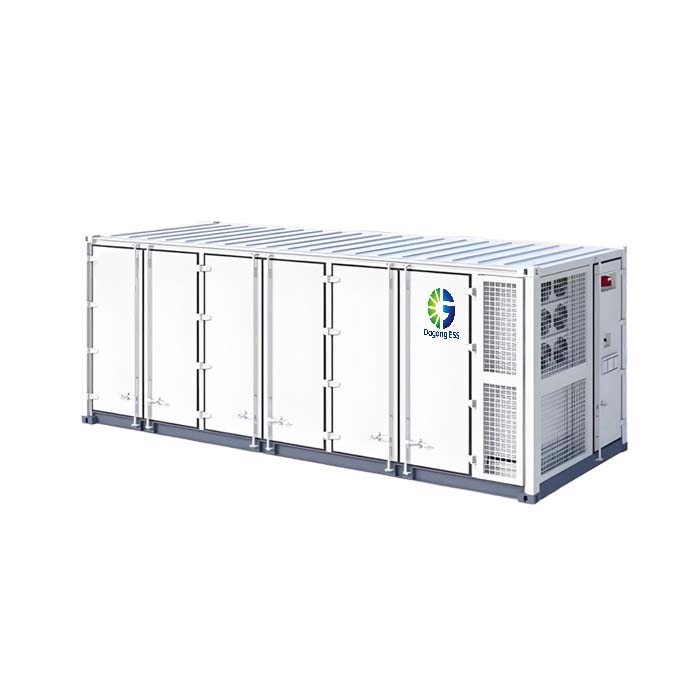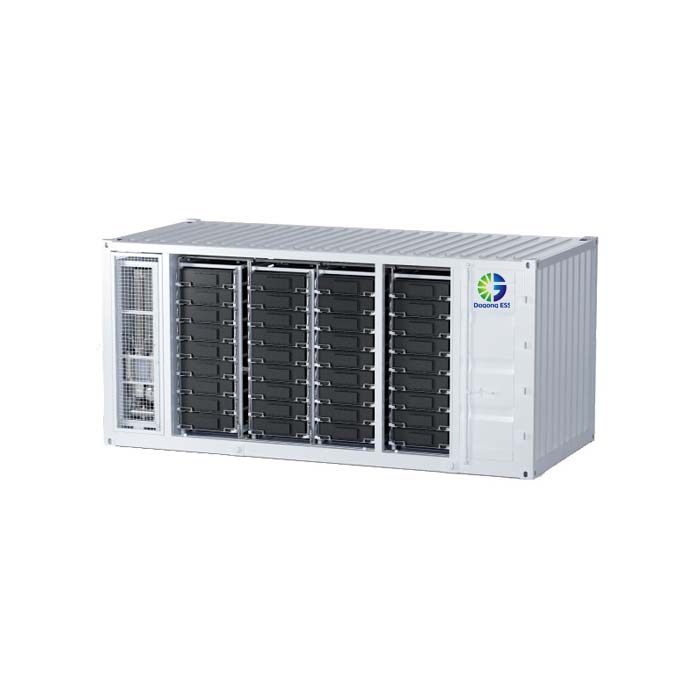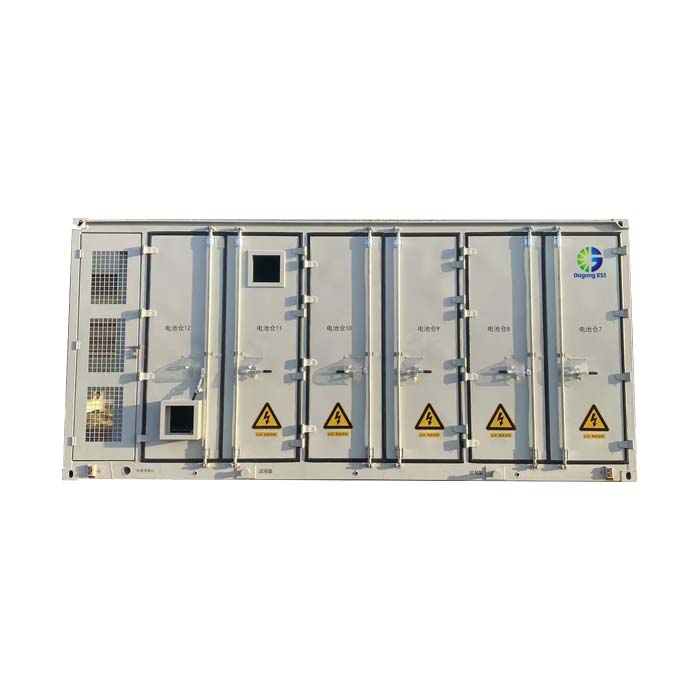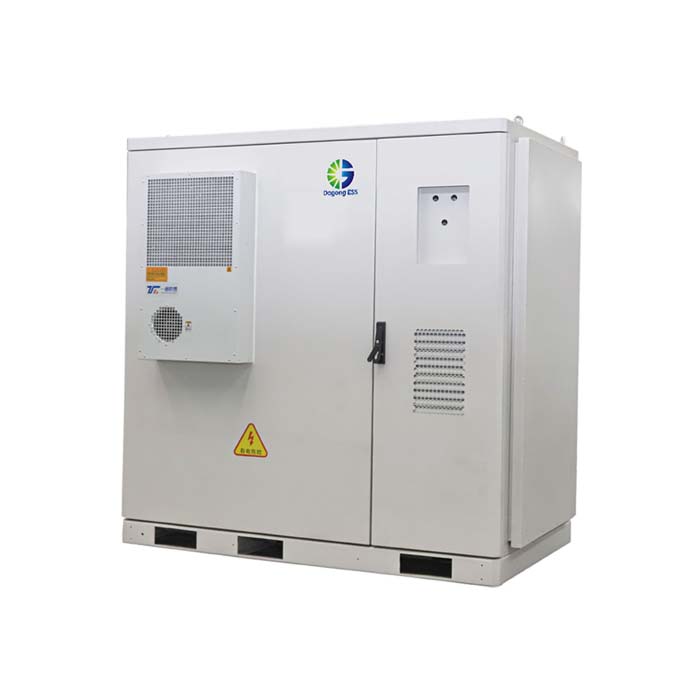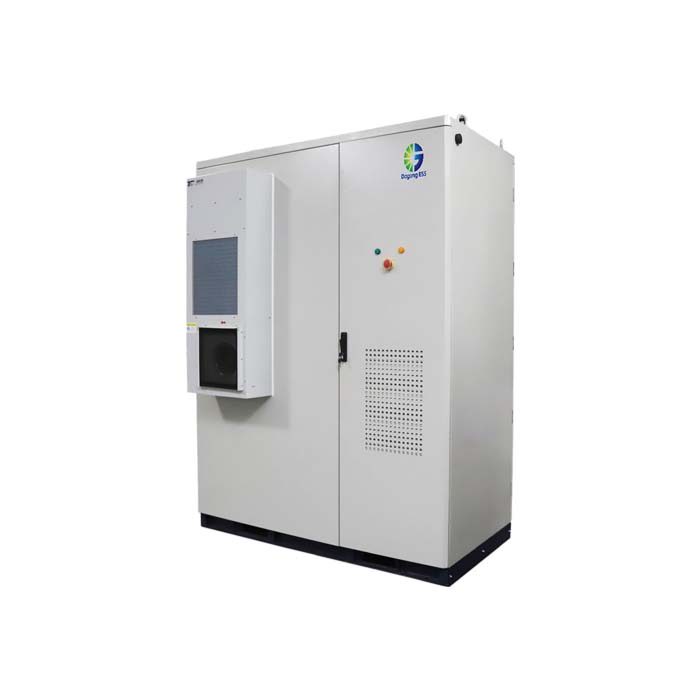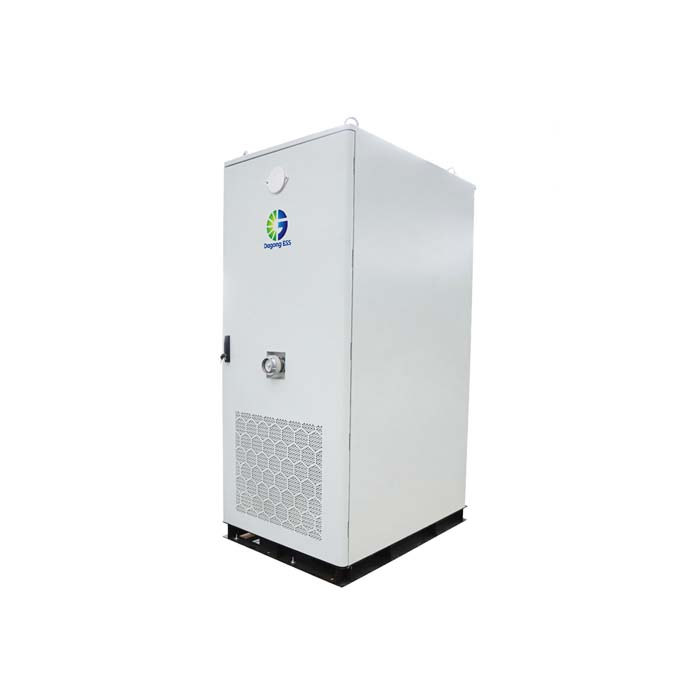Air-Cooled vs. Liquid-Cooled Energy Storage Systems
What is an Energy Storage Cooling System?
An energy storage cooling system is a thermal management solution used to maintain safe and optimal operating temperatures in lithium battery energy storage systems (ESS). Efficient cooling extends battery life, enhances safety, and ensures stable performance. The two most common cooling methods used in ESS are air cooling and liquid cooling, each with distinct advantages, challenges, and applications.
Types of Energy Storage Cooling Systems
Air-Cooled ESS
Air-cooled systems rely on fans and ventilation to dissipate heat from battery modules. They are simpler in design, more cost-effective, and easier to maintain.
✅ Common in small to medium-sized systems such as commercial and industrial cabinets.
✅ Suitable for environments with moderate temperatures and low humidity.Liquid-Cooled ESS
Liquid-cooled systems use a fluid—typically water or coolant—to circulate around the batteries, absorbing and transferring heat away with higher efficiency.
✅ Ideal for large-scale and high-density applications.
✅ Offers more precise temperature control and performance in harsh climates or high-load scenarios.
Features of Air-Cooled and Liquid-Cooled ESS
| Feature | Air-Cooled ESS | Liquid-Cooled ESS |
|---|---|---|
| Cooling Efficiency | Moderate | High |
| Maintenance | Simple | Requires pump/filter checks |
| Cost | Lower upfront cost | Higher initial investment |
| Scalability | Moderate | High |
| Space Requirements | Less complex | Requires piping and cooling unit |
| Application Scenarios | Small to mid-size C&I systems | Utility-scale, high-load, harsh environments |
Applications of Air-Cooled and Liquid-Cooled ESS
Air-Cooled ESS is commonly used in:
Commercial & industrial buildings
Warehouses and data centers
Telecom base stations
Light-duty renewable energy projects
Liquid-Cooled ESS is preferred for:
Utility-scale storage
EV charging stations
Peak shaving and grid balancing
Renewable energy farms with high temperatures or limited ventilation
Price of Air-Cooled vs. Liquid-Cooled ESS
The cost difference between air-cooled and liquid-cooled ESS varies based on system size and customization level.
Air-Cooled ESS offers lower upfront costs and simpler setup, making it ideal for small to medium projects.
Liquid-Cooled ESS requires more investment due to coolant systems, pumps, and thermal controls—but offers longer lifespan, fewer battery failures, and better ROI for large-scale use.
Pricing is usually quoted according to international trade terms like EXW, FOB, or CIF, depending on shipping preferences and destination.
How to Select the Right Cooling System for Your Project?
Project Size & Power Density: Use air cooling for under 250kWh; consider liquid cooling for >250kWh.
Climate Conditions: In hot or humid climates, liquid cooling is more reliable.
Maintenance Capacity: Choose air cooling if ease of maintenance is a priority.
Budget vs. Long-Term ROI: Weigh initial cost against long-term efficiency, safety, and durability.
How Long Does an ESS Cooling System Last?
Both air-cooled and liquid-cooled systems can last 10 to 15+ years, depending on component quality, environmental conditions, and regular maintenance.
Liquid-cooled systems may offer better thermal balance, which helps prolong battery life.
Air-cooled systems may require frequent filter or fan replacements in dusty environments.
The Supplier of Air-Cooled and Liquid-Cooled ESS
Dagong ESS provides a full lineup of certified lithium battery ESS solutions featuring both air-cooled and liquid-cooled technologies:
✅ Air-Cooled ESS Options
100kWh–144kWh Air-Cooled Cabinet: Compact, integrated with hybrid inverter, suitable for C&I applications.
215kWh–241kWh Air-Cooled Cabinet: Modular CTP design, real-time monitoring, fault detection, certified with CE, UN38.3, MSDS, and 3C.
5MWh Air-Cooled ESS Container: Designed for large-scale industrial and utility projects, supports modular expansion and remote monitoring.
✅ Liquid-Cooled ESS Options
215kWh Liquid-Cooled Cabinet: Compact and efficient solution with real-time monitoring and safety protections.
372kWh Liquid-Cooled ESS: High-capacity, long-life system with advanced liquid cooling and robust protection.
3.35MWh Liquid-Cooled Container: For high-load industrial use, certified for global use, lifespan 15+ years.
All systems are built with LFP battery technology, support parallel expansion, and are certified under international standards such as CE, UN38.3, IEC, and MSDS.
📧 To learn more or request a quote, contact Dagong ESS:
Email: sales@dagongess.com
Website: 🌐 www.dagongess.com


